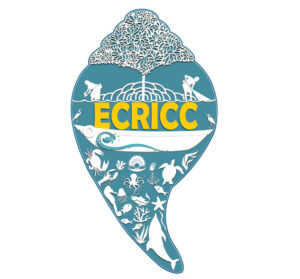Threats to Mangroves and their ecosystem
Nearly 35% of mangroves lost from around the world, is since the 1980s and these are majorly caused by humans and their associated behaviours.
- The mangroves are threatened by the plastic wastes.
- Local people deforested mangrove trees making room for agricultural land, fuel-wood, fodder and building materials for boats and houses.
- Mangrove forests are being cleared for aquaculture (fish and shrimp ponds). A high consumer demand for luxury shrimp or ‘prawn’ in the past one decade and the corresponding expansion of destructive production methods of export-oriented industrial shrimp aquaculture and largely the reasons for clearing of vast tracts of mangrove forests.
- Coastal urban development along the coasts have led to cutting of mangroves in various locations.
- Land and creeks/water channel pollution caused by flushing of chemical waste and city’s wastewater negatively impact the mangroves.
- Climate change and its manifestation in the form of melting of glaciers, rapid sea-level rise, increased frequency and magnitude of tropical storms and other natural calamities such as tsunami, puts the mangroves at risk of mass drowning. The change in salinity and increased wave action damages the mangroves, resulting in gradual depletion of the rich mangrove biodiversity.
- Mangroves depend on the presence of freshwater and they die when dams and other upstream development stem the flow of rivers.
- Mangroves and their species
- Status of Mangroves
- Advantages of Mangroves over other coastal plants
- Mangroves usefulness for wildlife
- Benefits of Mangroves to human communities
- Mangrove’s contribution to the carbon cycle & climate resilience
- Threats to Mangroves and their ecosystem
- Conservation and protection measures for Mangroves in India
- Role of communities in conservation and protection of Mangroves


